In the wake of the global pandemic, few accessories became as ubiquitous as the face mask. Yet, one of its most unexpected and enduring legacies lies not in the mask itself, but in the humble chain that often accompanied it. The mask chain, or 'mask leash,' emerged from a practical necessity—to prevent loss, facilitate easy removal, and keep the mask hygienically off surfaces. However, as the immediate threat of the pandemic has receded, this functional item has undergone a remarkable transformation. It has shed its purely utilitarian skin to emerge as a new and versatile form of personal adornment, a decorative accessory finding its place in the broader landscape of fashion and self-expression.
The initial purpose of the mask chain was undeniably practical. In the early, frantic days, it solved a simple but pervasive problem: the misplaced mask. It kept the essential item securely around one's neck, readily accessible. This functionality quickly made it a staple for healthcare workers, retail employees, and the general public alike. But humans have an innate desire to personalize even the most functional objects. What began as a simple piece of elastic or string soon evolved. Artisans and major fashion brands alike saw an opportunity, and the market was suddenly flooded with chains made from a diverse array of materials—gleaming sterling silver, lustrous pearls, vibrant beaded designs, and even high-end gold vermeil.
This evolution marked a significant shift. The chain was no longer just a tool; it became a statement. It was a way to inject personality into an otherwise clinical and often mandated piece of attire. People began coordinating their mask chains with their outfits, treating them like any other piece of jewelry. This period served as a crucial incubator, normalizing the wearing of a decorative chain around the neck that was detached from its original anchor. It conditioned the public eye to accept this new form of neckwear, paving the way for its post-pandemic applications.
Now, freed from its primary duty of securing a mask, the decorative chain is experiencing a renaissance as a standalone fashion accessory. The most direct evolution is its use as a modern lanyard. Offices, tech companies, and conferences are moving away from bulky, corporate-branded lanyards for holding ID badges and access cards. In their place, employees and attendees are opting for stylish, personally-owned chains. A sleek metal chain or a delicate beaded strand offers a far more sophisticated and professional look, transforming a mandatory item into a curated part of one's daily ensemble. This shift speaks to a broader desire for individual expression even within structured environments.
Perhaps the most creative application is the transformation of the mask chain into a novel eyewear retainer. As reading glasses and sunglasses remain perennial accessories, the problem of misplacing them is universal. The decorative chain offers an elegant solution. Lightweight, stylish chains designed specifically for eyeglass temples are now commonplace. They allow glasses to hang comfortably on the chest when not in use, always within reach but also serving as a layered necklace. This dual functionality—practical and decorative—is a key driver of its popularity, making it a favorite among those who value both form and function.
The influence of the mask chain has also permeated the world of pure jewelry, giving rise to a new trend: the dangling pendant holder. Traditional necklaces are being reimagined. Instead of a single chain with a clasp, designers are creating chains with multiple connection points or clever fasteners that allow the wearer to suspend various small objects. This could be a single, striking pendant, a cluster of charms, a vintage locket, or even a small, functional item like a lip balm or USB drive. This trend encourages interactivity and personalization, turning the necklace into a dynamic, customizable platform for self-expression that directly echoes the modular nature of the mask chain.
Looking beyond the neck, the principles of the mask chain are inspiring accessories for other items. Phone straps and wallet leashes have seen a surge in popularity. While phone cases with finger loops provided security, a decorative chain attached to a phone case offers even greater freedom, allowing the phone to be dropped or swung while remaining securely attached to a wrist, crossbody, or bag. Similarly, a delicate chain fastened to a wallet prevents it from being left behind in a shopping cart or stolen easily from an open purse. These applications all stem from the same core idea born during the pandemic: securing essential items with style.
The cultural impact of this trend is profound. The mask chain phenomenon has fundamentally altered the relationship between utility and aesthetics in fashion. It demonstrated that necessity can be the mother of invention, but also of innovation in style. It broke down the barrier that often separates practical, functional gear from high fashion. This has led to a growing appreciation for wearable utility—accessories that are beautiful but also serve a clear, intelligent purpose. Consumers are increasingly seeking out items that offer this dual value, a demand that was undoubtedly amplified by the widespread adoption of the mask chain.
In conclusion, the legacy of the mask chain is a testament to human adaptability and creativity. What was conceived as a simple solution to a temporary problem has left a permanent mark on accessory design. It has introduced a new genre of jewelry that prioritizes both form and function, inspiring applications from modernized lanyards and eyewear retainers to innovative phone straps and customizable necklaces. The pandemic-era accessory taught us that even the most mundane objects can be re-envisioned with a touch of artistry. It has empowered individuals to secure their essentials without compromising on their personal style, ensuring that this unique pandemic-born innovation will continue to evolve and adorn us for years to come.
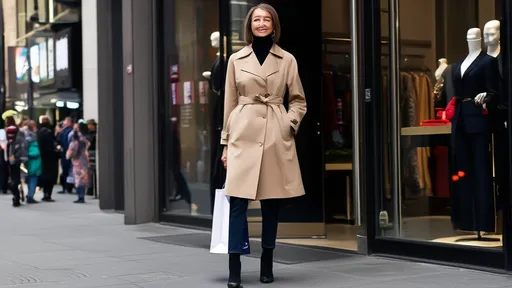
By /Aug 21, 2025
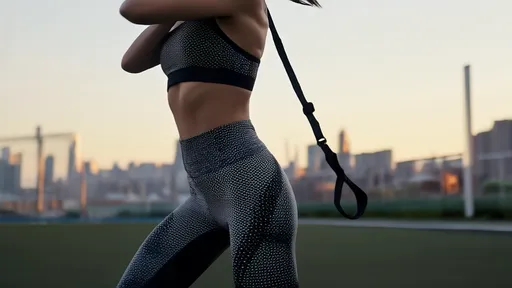
By /Aug 21, 2025

By /Aug 21, 2025

By /Aug 21, 2025

By /Aug 21, 2025

By /Aug 21, 2025
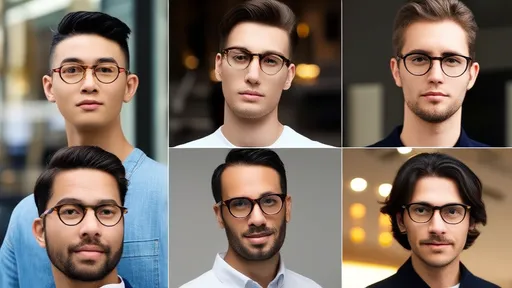
By /Aug 21, 2025

By /Aug 21, 2025
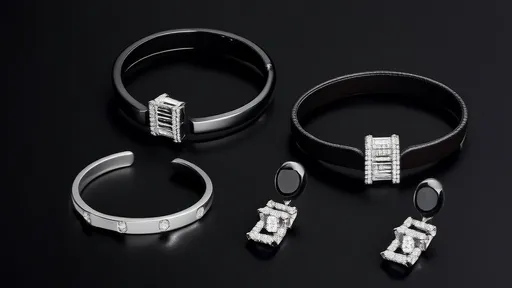
By /Aug 21, 2025

By /Aug 21, 2025
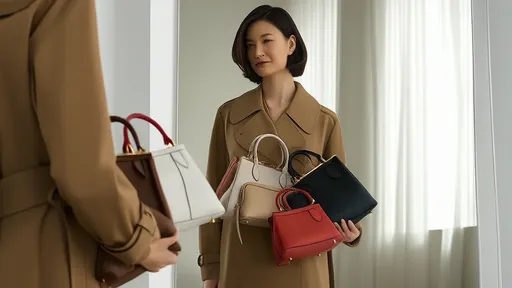
By /Aug 21, 2025
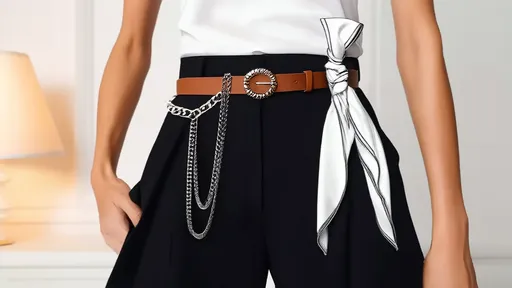
By /Aug 21, 2025
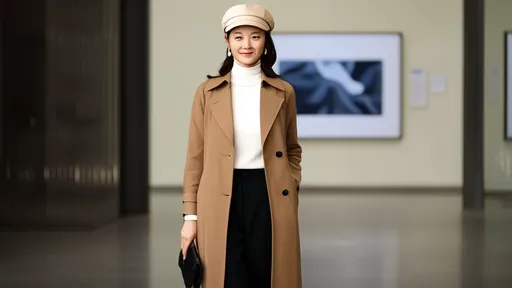
By /Aug 21, 2025
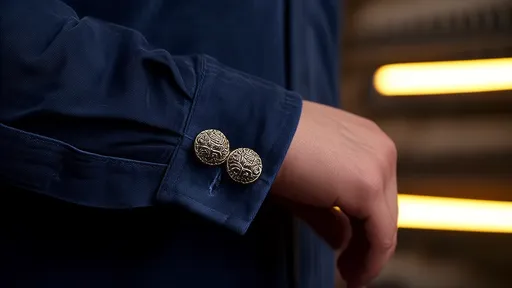
By /Aug 21, 2025

By /Aug 21, 2025
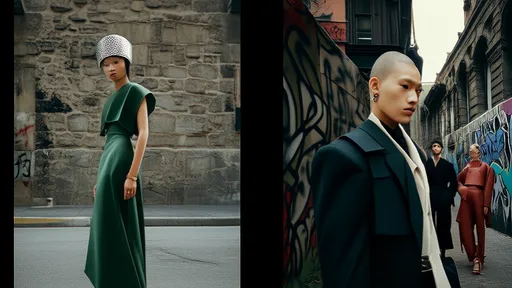
By /Aug 21, 2025

By /Aug 21, 2025

By /Aug 21, 2025

By /Aug 21, 2025
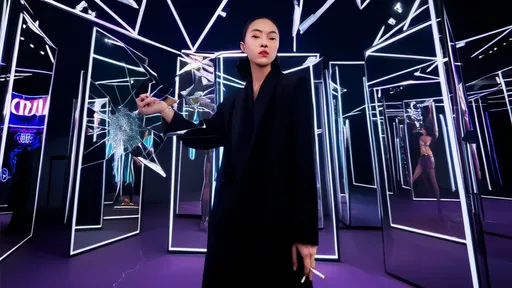
By /Aug 21, 2025